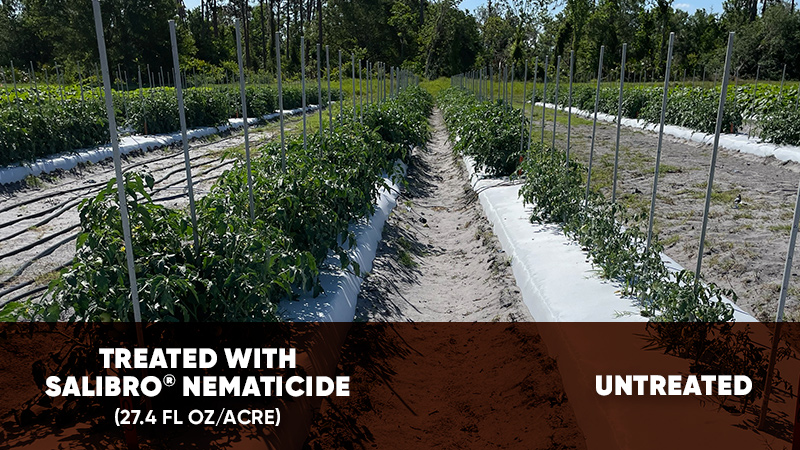Combat Weeds By Using Clean Equipment
There are plenty of reasons to keep machinery clean — improved performance, longer working life — but here’s one that might not be high on a grower’s radar: stopping the spread of weeds.
Across the country, new weeds are turning up in regions where they’ve never been before, such as waterhemp and Palmer amaranth currently spreading across the Midwest, says Syngenta crop specialist Craig Abell. A major cause is residue on farming machinery moving across fields, counties, and states, which is why no one should overlook the importance of cleaning equipment on a farm or at a retail business.
Making matters worse, some of the new weeds are herbicide-resistant. “Machinery is one of the main reasons we’re seeing glyphosate-resistant pigweed spread into new areas, like in middle Tennessee where it’s never been,” says Larry Steckel, associate professor in the University of Tennessee’s Department of Plant Sciences. “It’s very evident it’s been moved by machinery.”
Harvesting equipment is the most common culprit. “It’s not only the amount of seeds the equipment can carry, but the fact that the seeds are mature,” Abell says.
Equipment Cleaning Protocols
There are no simple answers regarding when — and how — to clean harvesting machinery; it depends on the situation. It could be between seasons or between fields if there’s an existing weed problem, and definitely any time you bring in a used piece of equipment.
The first, most basic level of cleaning is to rake loose residue off the machine, especially in the throat and the back side, Abell says. That five-minute job can help reduce seed numbers, thus reducing the seed bank that could establish itself in the next field. “No. 2 is to blow off the equipment with an air compressor or leaf blower. And No. 3 is to pressure wash it. That can take several hours, but if there’s a known weed problem, it’s time well spent.”
For more information on managing resistant weeds, go to www.resistancefighter.com.










